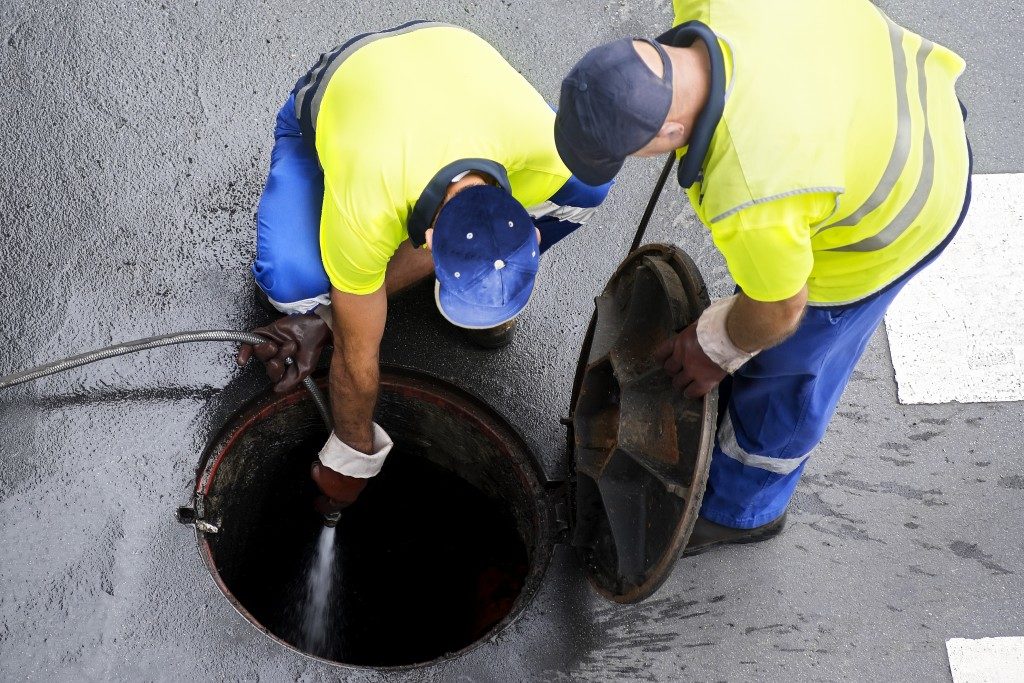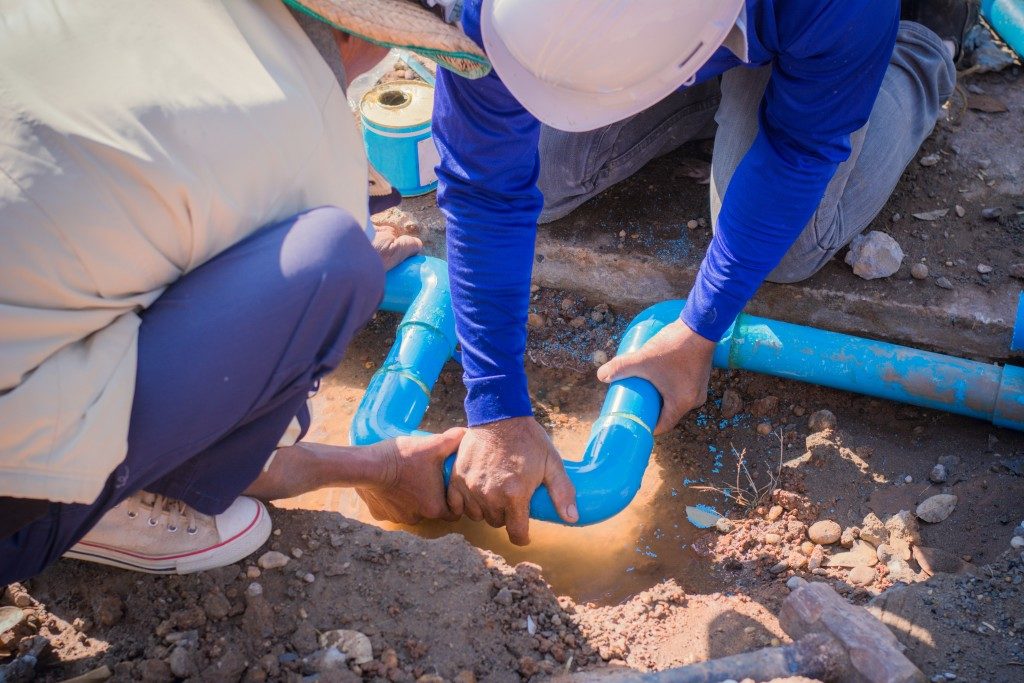One of the everyday plumbing issues faced by homeowners is clogs in their sewer systems. Other than the risk of water damage to your property, a blockage of your sewer system puts you at risk of various diseases from the dirty water that flows back into your indoors.
Most people will look for store-bought chemicals and mix different chemicals to dissolve the clogs. This option unfortunately only damages your sewer’s pipes and causes their complete breakdown in the future.
Others attempt the drain snaking used by plumbers in Woodbridge, Virginia, to get rid of the clogs. Drain snaking, however, involves more than pushing a drain snake into your sewer and unblocking a clog.
Without the expertise needed for this crucial task, the snaking will cause irreparable damage to your entire sewer system. This is primarily because there are different types of sewage collection systems used and it is easy to damage the delicate configuration of the pipes in these systems.
The following are the types of patterns used for laying sewer systems.
Perpendicular Pattern
In this pattern, rainwater and sewage from your property will follow the shortest path into your local area’s sewage collection point. You will hence have pipes with shorter runs compared to those in other sewer patterns.
Perpendicular patterns are used for separate and partially separate stormwater municipal drains since they can only handle minimal water. Moreover, the pattern is not used in areas with a large population since it requires the installation of multiple treatment plants in different sites to avert the pollution of water bodies.
Fan Pattern
This is generally used for areas located on one side of a natural water body. The city’s sewage will flow to a central point where a treatment plant is located.
The sewage systems converging into the main sewer and sub-mains form a fan shape. Large pipe diameters are used in the fan pattern to handle a large amount of sewage. Blockages in the main sewer are the primary cause of clogs in these systems.
Interceptor Pattern
Here, property sewers are intercepted with large ones that carry your sewage to a common point of disposal. There are overflows provided for the handling of large sewage flows. In an interceptor pattern, clogs will generally occur in your sewer’s length from the things you deposit in the sewer.
While you might assume that this is easy to unblock, most pipes in this pattern have multiple bends, which make their unblocking difficult.
Radial Pattern

Here, sewer systems are laid outwards from a central point. This pattern is generally used in areas with vast land for waste disposal in their periphery. Radial sewage patterns feature long pipe runs which are prone to tree root infiltration which might be the cause of their blockage.
The above sewage patterns will make a difference in how clogs occur and are treated in your system. You can hence not look at the cause of your sewer system’s blocking as solely confined to your property’s drain system.
Get a plumber to snake the drain and pick the system causing its block rather than trying to rectify it with DIY measures.
